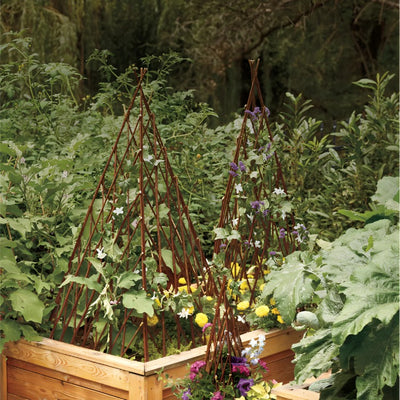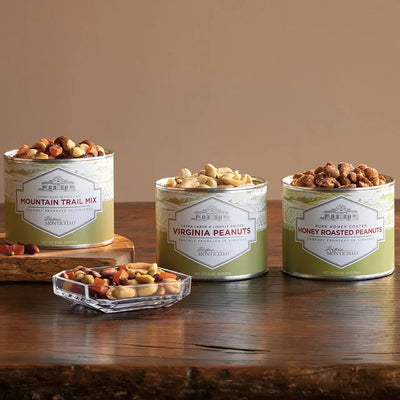Hardy, deciduous North American shrub
Description: Forms brilliant scarlet, plume-like fruit clusters on the female plants and the attractive shiny, dark green leaves turn an intense red or orange-red in autumn
Habit: Wide-spreading, medium-sized shrub grows 8-12 feet high and wide
Culture: Prefers full sun and well-drained soil; adaptable and easily cultivated in a variety of situations; drought-tolerant
Hardiness: Cold hardy to USDA Zone 3
Origin: Eastern North America
Attributes: Attracts birds, bees, and butterflies; Showy fruits; Fall color; Drought tolerant
Jefferson documented
Smooth Sumac, a native of Eastern North America from Quebec to Georgia, has been in cultivation since the early 17th century. Thomas Jefferson included this species in a list of native plants and seeds he requested from Philadelphia nurseryman John Bartram, Jr., to be sent to him in Paris in 1786. This sumac forms large colonies and is best planted in wilder areas or to stabilize embankments. The flowers are attractive to butterflies and birds feast on the persistent berries in winter.
This plant will ship bare root. Approximately 2' tall.
Bare root planting tips:
~ If you can't plant immediately, store your plant in a cool location and keep the roots moist or pot in a container with a nursery potting mix from your local garden center.
~ Before planting, let the roots soak for several hours as you prepare the site. You'll want to dig a large enough hole so the root mass can spread out and the plant is at the same soil level as when it was growing in the nursery.
~ Once planted, water it in well and wait a month before fertilizing. Mulching will help to maintain moisture and raise soil temperatures for faster growth.









